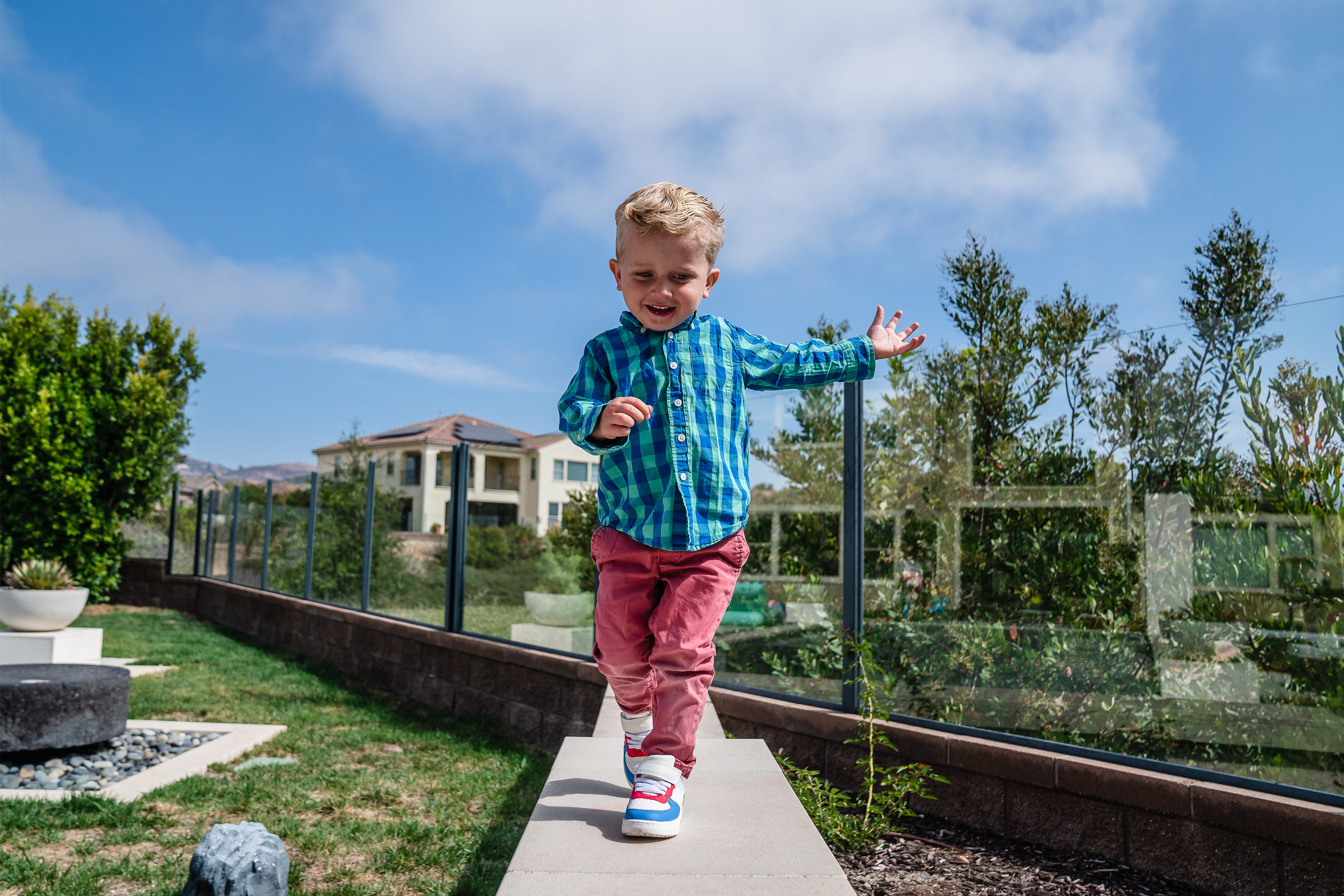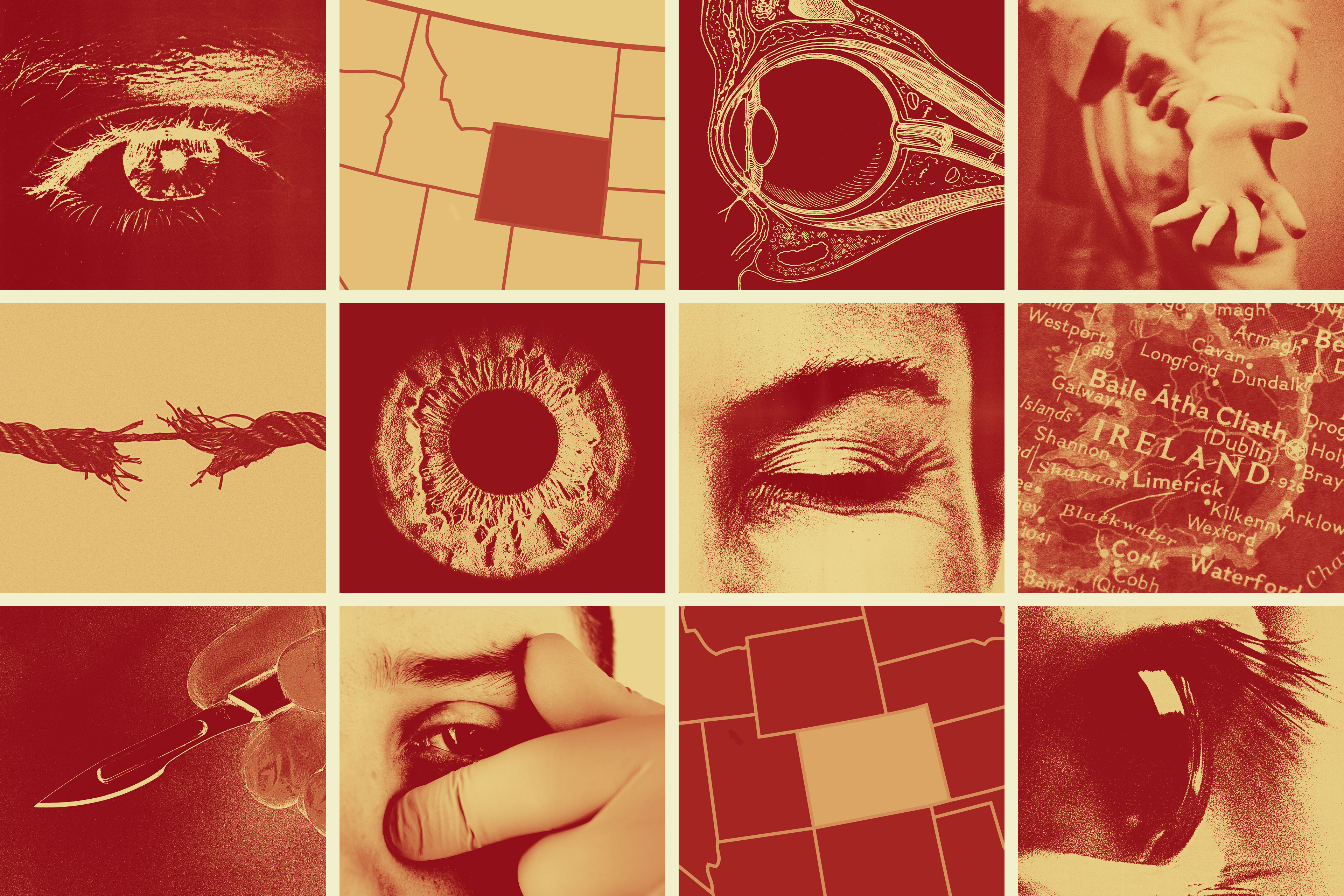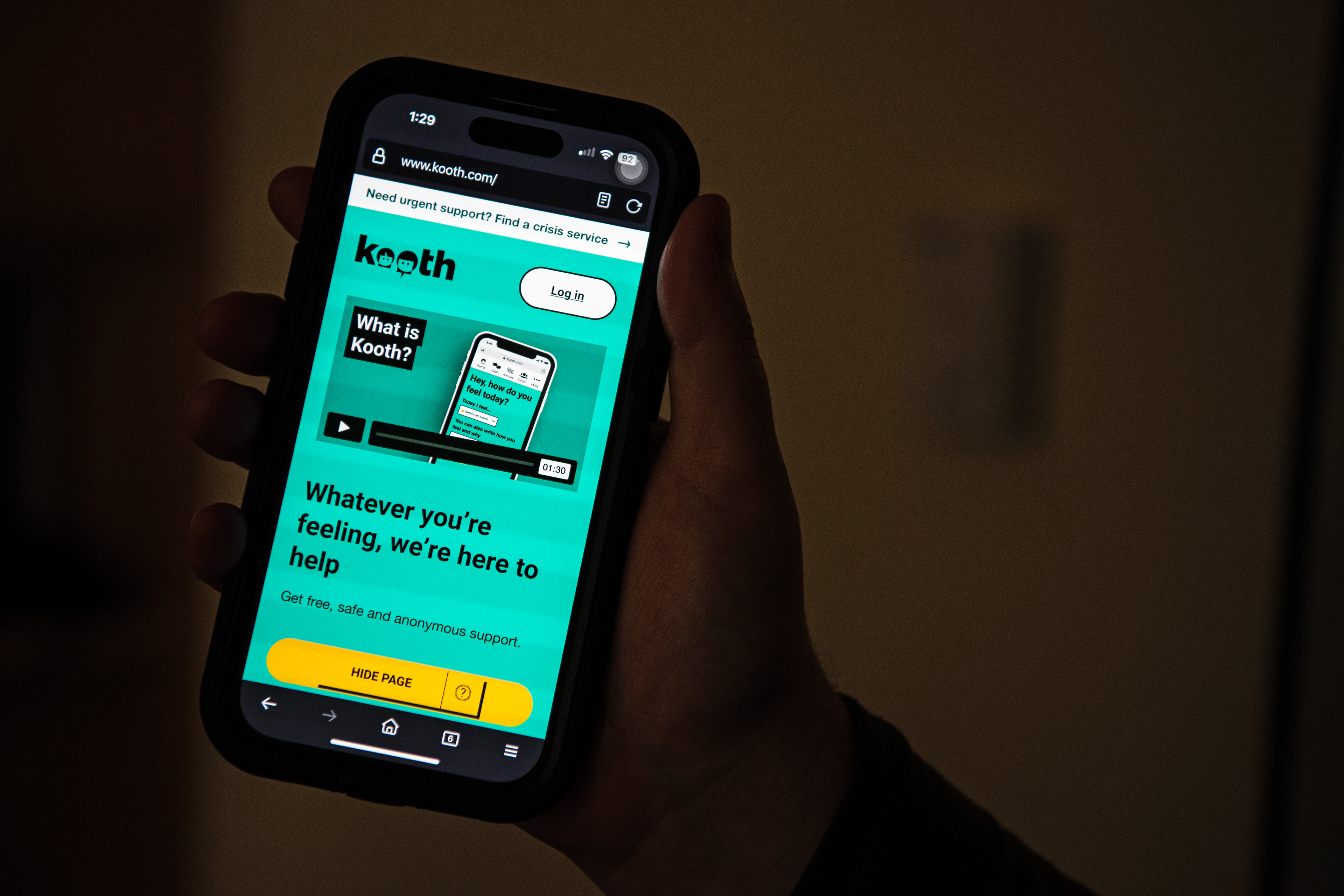Once, years ago, I found myself in an ice-cold bath with no memory of walking to the bathroom or running the tub. Another time, I terrified my friend by leaving our hotel room in the middle of the night—then pounding on the door, demanding to be let back inside. Both times, I awoke in the middle of these bizarre incidents. I had been sleepwalking.
Sleepwalking, technically known as somnambulism, is as fascinating as it is freaky. It’s a type of parasomnia, an umbrella term for unusual behaviors that occur during sleep, such as night terrors and “sexsomnia,” when people engage in sexual activity without waking up. Habitual sleepwalking is uncommon: a 2016 research review estimated that only 1.5% of adults had done it in the previous year. But almost 7% of adults have sleepwalked at some point in their lives, according to the same study.
The nighttime possibilities are varied and weird. A 2024 study in the Journal of Sleep Research showcased a range of sleepwalkers' reported experiences, including waking up naked on a balcony at 5 a.m., crawling into the living room on all fours, smearing on almost an entire pot of expensive face cream, and filling a bowl of water and placing it by the bed for a dreamed-up dog.
What makes people rise from their beds to do all manner of bizarre things? Dr. Francesca Siclari, author of that study and a researcher at Netherlands Institute for Neuroscience, says sleepwalking seems to happen when someone is partially roused from deep slumber, leaving them in a “hybrid state” where they are “both asleep and awake,” capable of doing some awfully strange acts they might not even remember in the morning.
Read More: The Surprising Health Benefits of Pain
Researchers don’t fully understand why some people slip into this limbo state when most people don’t. But sleepwalking tends to run in families, suggesting there’s a genetic component. Certain medications, sleep disorders, and other medical conditions can also make someone prone to sleepwalking, according to the Mayo Clinic.
Kids are more likely to sleepwalk than adults, perhaps because their brains are still developing, says Jennifer Martin, a behavioral sleep-medicine specialist and spokesperson for the American Academy of Sleep Medicine. Children also spend more time each night in the phase of slumber when sleepwalking typically occurs: the deep, restorative rest that comes before rapid eye movement and vivid dreaming, explains Dr. Sanford Auerbach, an associate professor of neurology at Boston University Chobanian & Avedisian School of Medicine. Most people outgrow sleepwalking by early adulthood, but some revert back during periods of stress or prolonged fatigue, Martin says.
Studies support the link between sleepwalking and sleep deprivation. Siclari says it seems to happen when an over-tired person finally falls into a deep sleep, only to be disturbed by noise, sound, or motion. It’s hard to wake someone from deep sleep, particularly when they aren’t well-rested, so they don’t rise fully. But the interruption seems to be enough to change brain activity, sometimes resulting in activity similar to what’s observed during vivid dreams, according to Siclari’s research.
Sleepwalking isn’t inherently problematic, Auerbach says. “It’s not a bad thing for your health or a good thing for your health,” he says. “It’s more of an interesting phenomenon” than a real cause for concern—although some research has found that sleepwalkers are more likely than regular snoozers to experience fatigue, daytime sleepiness, and insomnia, suggesting the habit may sometimes mess with the quality of sleep.
Read More: 12 Weird Symptoms Endocrinologists Say You Should Never Ignore
More concerning are the safety issues that can arise when someone is up and about. People can trip or fall when they’re half awake, or worse: a patient of Martin’s once drove a car while sleeping, and a patient of Auerbach’s fell off a second-story balcony. “Usually the things people do when they’re sleepwalking are much simpler behaviors,” Martin says, “but people sometimes do get themselves into trouble.”
When necessary, clinicians sometimes prescribe small doses of sedative benzodiazepine medications to discourage sleepwalking, Auerbach says. Stress reduction is also helpful, since sleepwalking tends to flare during periods of anxiety, he adds.
Regular sleepwalkers should also consider taking safety precautions, like putting a gate at the top of their stairs or installing a security system that makes noise if the front door opens, Martin says. She says it’s also worth seeing a sleep specialist to rule out other conditions, such as REM behavior disorder, which causes people to act out their dreams and can also lead to inadvertent self-harm.
Finally, if you’re the bedfellow of a sleepwalker, you may have heard the myth that you’re not supposed to wake them while they’re on the move. Martin says waking a somnambulist won’t harm them, beyond some momentary confusion—but the best thing you can do for a wandering loved one is gently guide them back to bed for some classic horizontal sleep.








![Healthy High Protein Oatmeal Chocolate Chip Breakfast Bars [gluten-free + no added sugar]](https://i0.wp.com/healthyhelperkaila.com/wp-content/uploads/2024/11/OatmealChocolateChipBarsFeatured.png?fit=1536%2C1521&ssl=1)









 English (US) ·
English (US) ·